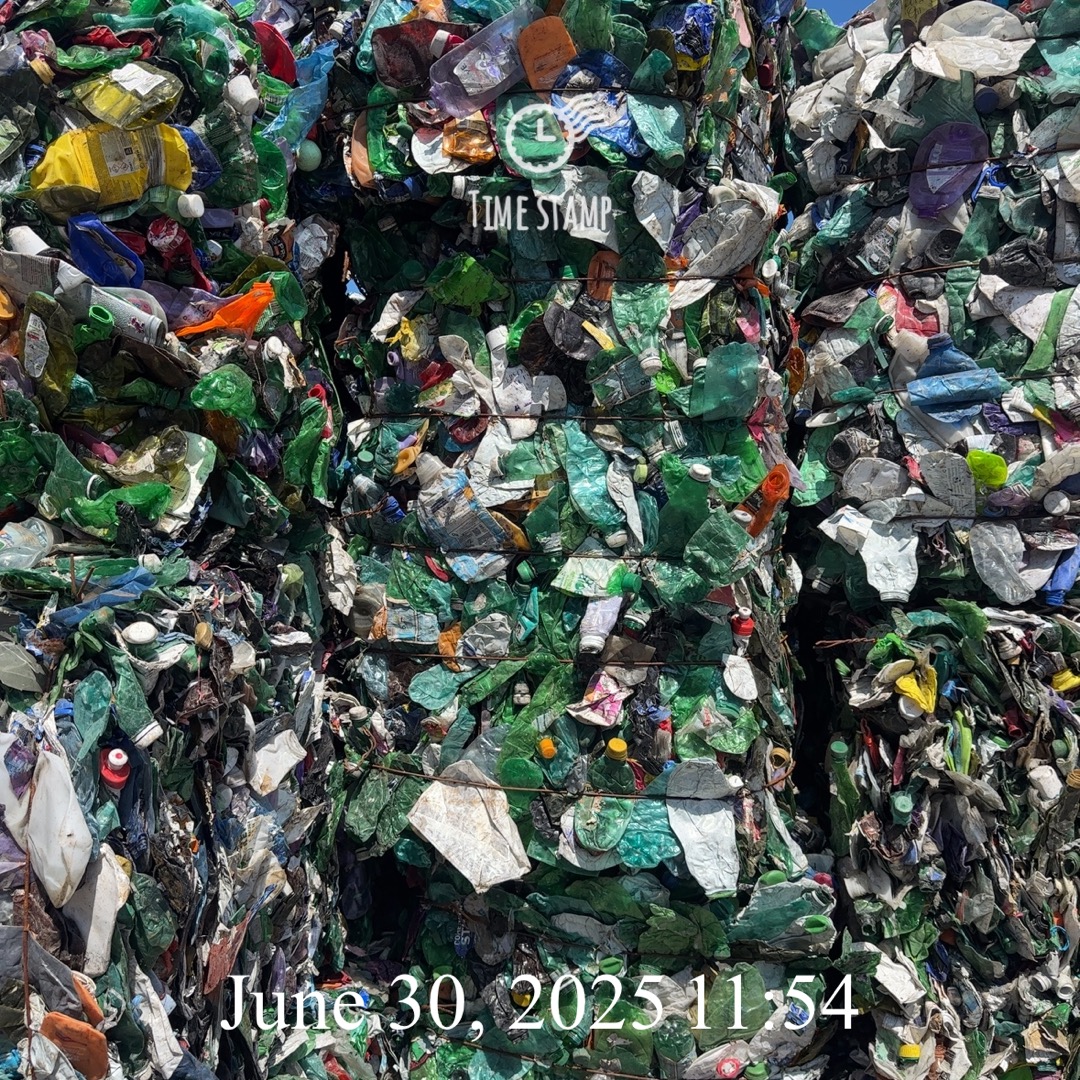PET Jazz (High in green content).

Complete the form below or call Clearpoint on +44 (0) 1423 855978 if you would be interested and what prices you can offer?
Product Information
Grade: PET Jazz – high in green content
EWC Code: 19 12 04
Total weight: 36 tonnes
Expected load weight: 18 Tonnes
Total loads: 2
Production: Monthly
Availability: Now
Stored: Outside
Expected Haulage Type: Curtainsider
Material Background: The material arrives on site as baled mixed plastics.
The material is loaded onto a conveyor and then into a bail breaker where the material is separated before heading into the main PRF via a conveyor, from here, it travels via a conveyor into a ballistic separator where all plastics move forward and any remaining 2d objects like paper and card fall into a waiting bunker. The ballistic separator also has 40mm holes to capture and fines and glass that weren’t removed by the initial separation operation before arriving on site, these fines are bunkered. To help process the most amount of plastic possible, all remaining material first heads off to NIR 6 where it targets all plastics. The plastics move forward, and any non-plastic waste is bunkered and baled as residue.
To further support the desire to process the most amount of plastic possible the remaining material first passes through an Overband magnet to remove any remaining ferrous metal and then an Eddy-current to remove any aluminium.
The remaining material moves forward on a conveyor where NIR 1 positively targets all PET. This travels via a separate conveyor where NIR 3 positively targets the PET bottle, separating the bottle from the tray. The separated bottle is then bunkered and then baled. The remaining material, including the PET tray moves forward and passes by NIR 2, which positively targets all PP. This material is then bunkered and baled.
The remaining material moves onto NIR 5 which is split into two tracks here both HDPE Nat and HDPE jazz are positively targeted and then bunkered and baled. The remaining material travels onto NIR 4 where PET Jazz is positively targeted this is also bunkered and baled.
